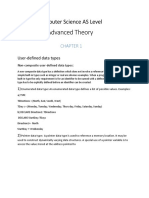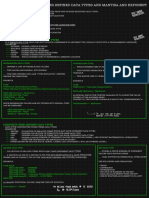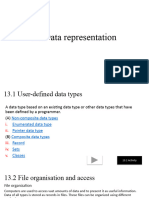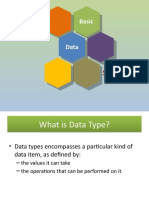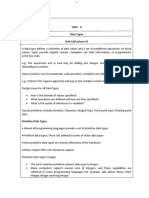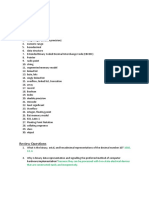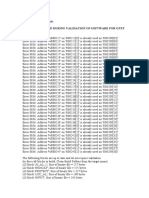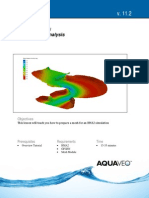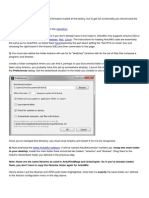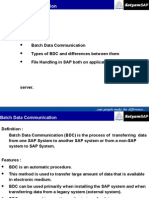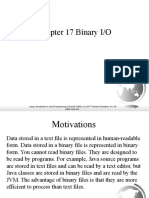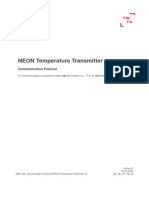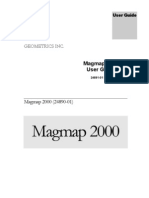0% found this document useful (0 votes)
25 views25 pagesUnit 16 Data Representation
The document discusses data representation in computer science, focusing on user-defined data types, including enumerated and composite types, as well as pointers. It explains the importance of user-defined data types for error reduction and data storage, and outlines file organization and access methods. Additionally, it covers floating-point representation, normalization, and the significance of storing numbers in normalized form for maximizing range and precision.
Uploaded by
syedebadahmed95Copyright
© © All Rights Reserved
We take content rights seriously. If you suspect this is your content, claim it here.
Available Formats
Download as PDF, TXT or read online on Scribd
0% found this document useful (0 votes)
25 views25 pagesUnit 16 Data Representation
The document discusses data representation in computer science, focusing on user-defined data types, including enumerated and composite types, as well as pointers. It explains the importance of user-defined data types for error reduction and data storage, and outlines file organization and access methods. Additionally, it covers floating-point representation, normalization, and the significance of storing numbers in normalized form for maximizing range and precision.
Uploaded by
syedebadahmed95Copyright
© © All Rights Reserved
We take content rights seriously. If you suspect this is your content, claim it here.
Available Formats
Download as PDF, TXT or read online on Scribd
/ 25






